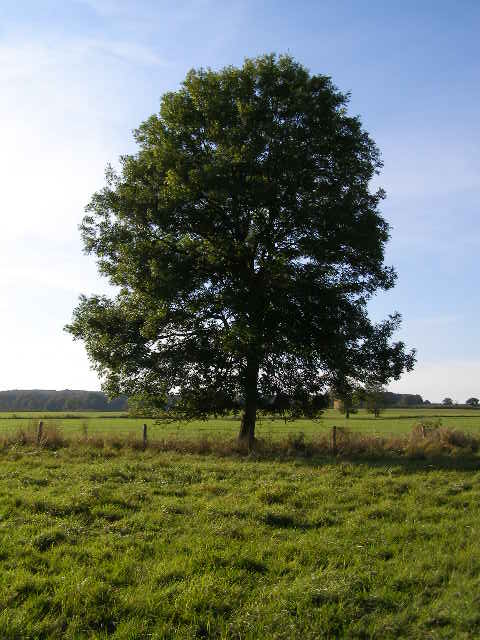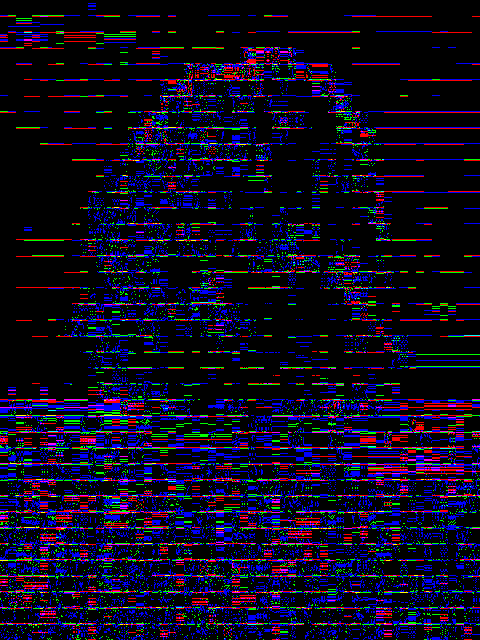Reputation: 1446
Images opened in Pillow and OpenCV are not equivelant
I downloaded a test image from Wikipedia (the tree seen below) to compare Pillow and OpenCV (using cv2) in python. Perceptually the two images appear the same, but their respective md5 hashes don't match; and if I subtract the two images the result is not even close to solid black (the image shown below the original). The original image is a JPEG. If I convert it to a PNG first, the hashes match.
The last image shows the frequency distribution of how the pixel value differences.
As Catree pointed out my subtraction was causing integer overflow. I updated to converting too dtype=int before the subtraction (to show the negative values) and then taking the absolute value before plotting the difference. Now the difference image is perceptually solid black.
This is the code I used:
from PIL import Image
import cv2
import sys
import md5
import numpy as np
def hashIm(im):
imP = np.array(Image.open(im))
# Convert to BGR and drop alpha channel if it exists
imP = imP[..., 2::-1]
# Make the array contiguous again
imP = np.array(imP)
im = cv2.imread(im)
diff = im.astype(int)-imP.astype(int)
cv2.imshow('cv2', im)
cv2.imshow('PIL', imP)
cv2.imshow('diff', np.abs(diff).astype(np.uint8))
cv2.imshow('diff_overflow', diff.astype(np.uint8))
with open('dist.csv', 'w') as outfile:
diff = im-imP
for i in range(-256, 256):
outfile.write('{},{}\n'.format(i, np.count_nonzero(diff==i)))
cv2.waitKey(0)
cv2.destroyAllWindows()
return md5.md5(im).hexdigest() + ' ' + md5.md5(imP).hexdigest()
if __name__ == '__main__':
print sys.argv[1] + '\t' + hashIm(sys.argv[1])
Frequency distribution updated to show negative values.
This is what I was seeing before I implemented the changes recommended by Catree.
Upvotes: 4
Views: 3052
Answers (1)
Reputation: 2517
The original image is a JPEG.
JPEG decoding can produce different results depending on the libjpeg version, compiler optimization, platform, etc.
Check which version of libjpeg Pillow and OpenCV are using.
See this answer for more information: JPEG images have different pixel values across multiple devices or here.
BTW, (im-imP) produces uint8 overflow (there is no way to have such a high amount of large pixel differences without seeing it in your frequency chart). Try to cast to int type before doing your frequency computation.
Upvotes: 5
Related Questions
- different results when openning an image into numpy array using cv2.imread and PIL.Image.open
- Python Pillow doesn't work with some images
- opencv didn't output images correctly
- How to read Pillow image to cv2
- why does reading image with cv2 has different behavior from PIL?
- OpenCV from Python shows different results for JPG and PNG images?
- Why do pillow and scikit-image open 8 bit RGB images differently?
- Image loaded wrong by opencv
- Screen capture python 3.6.6 opencv and pillow not working
- Different image data from the same source with Pillow



